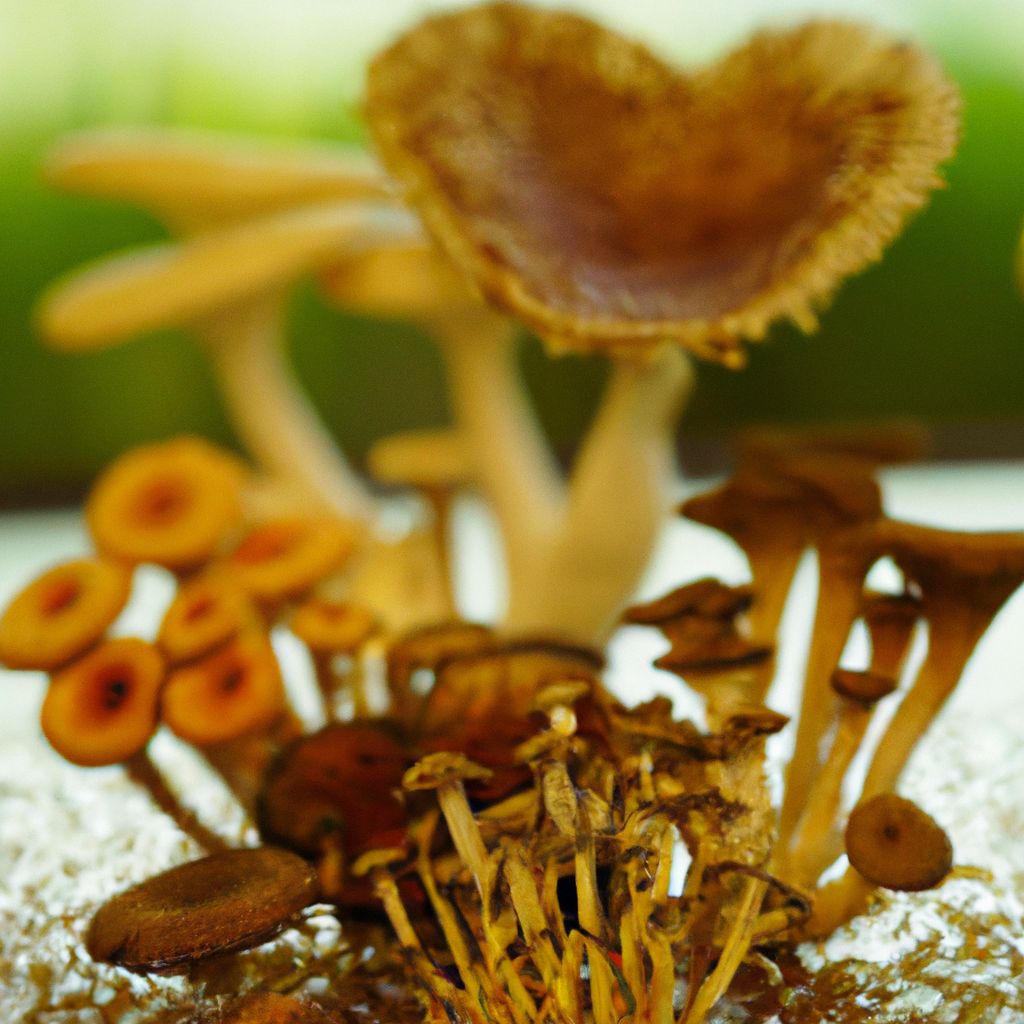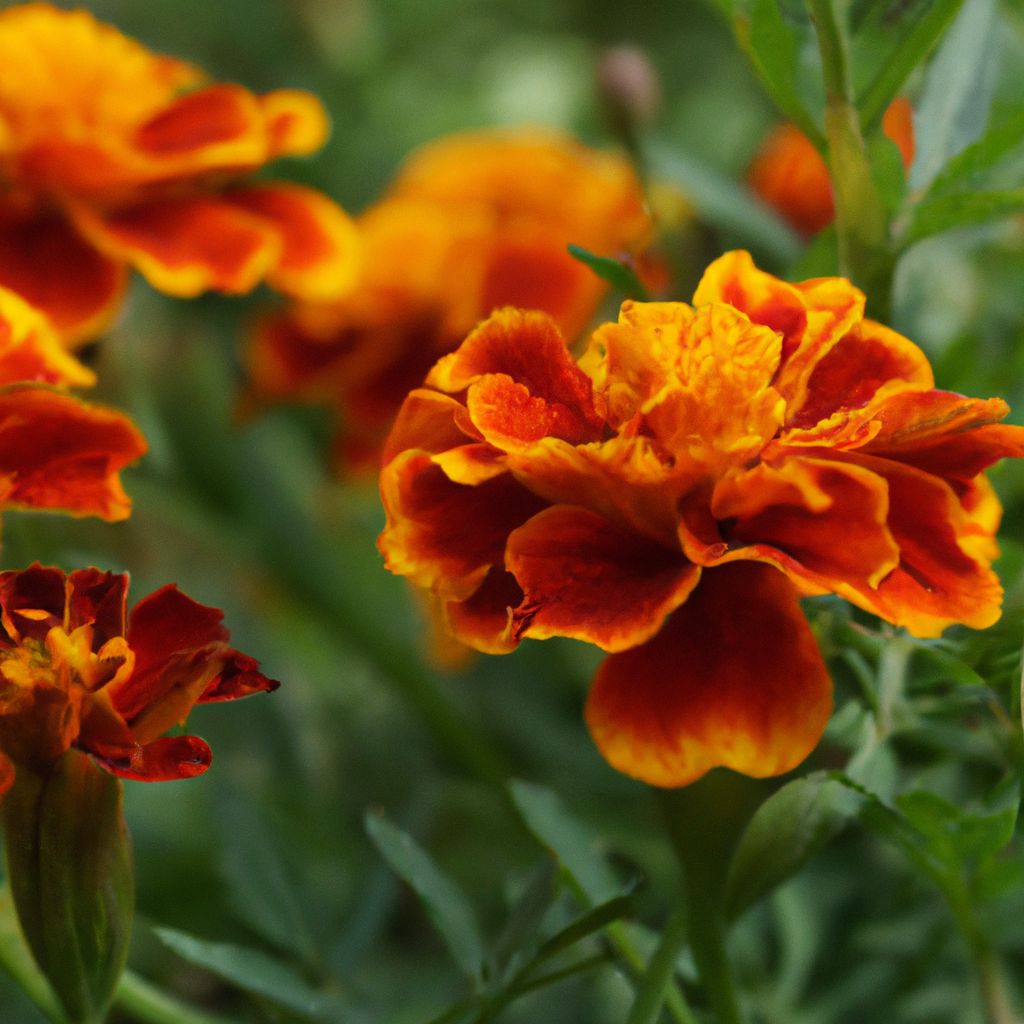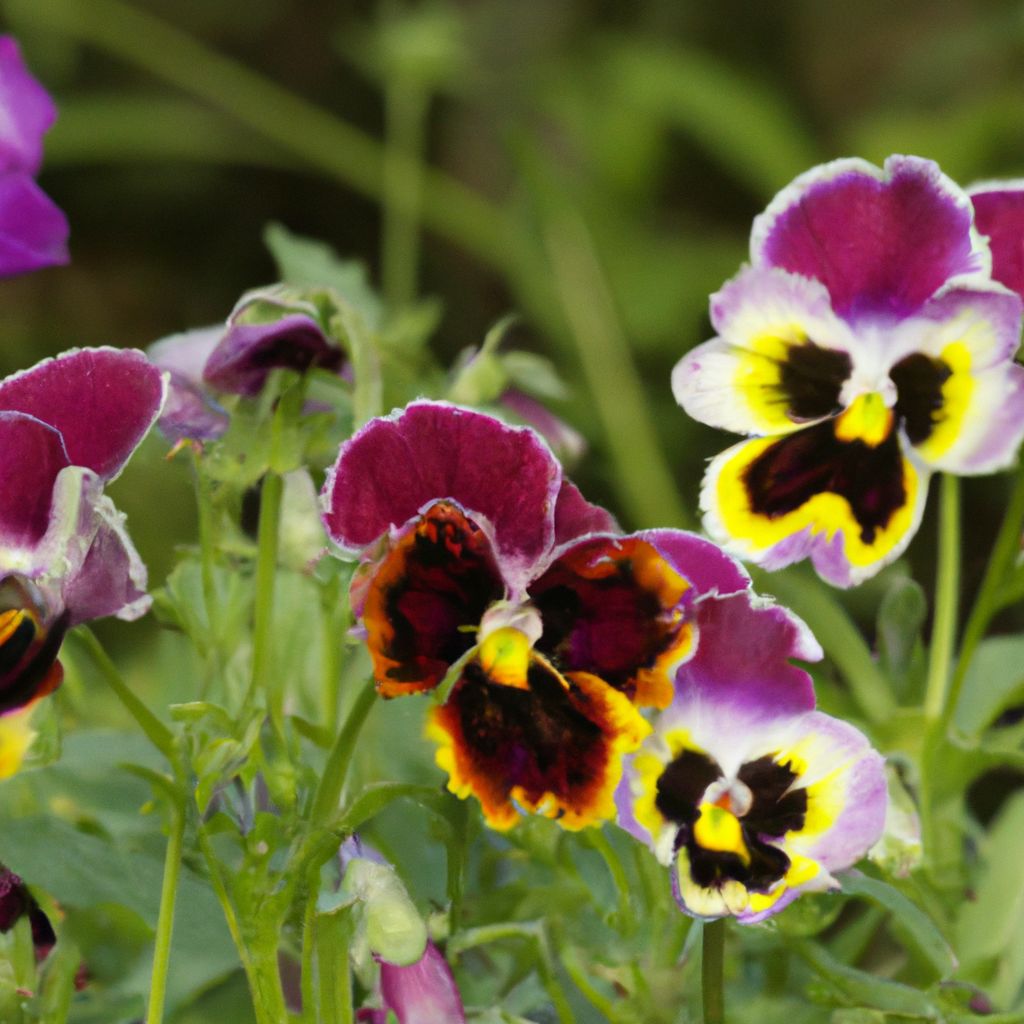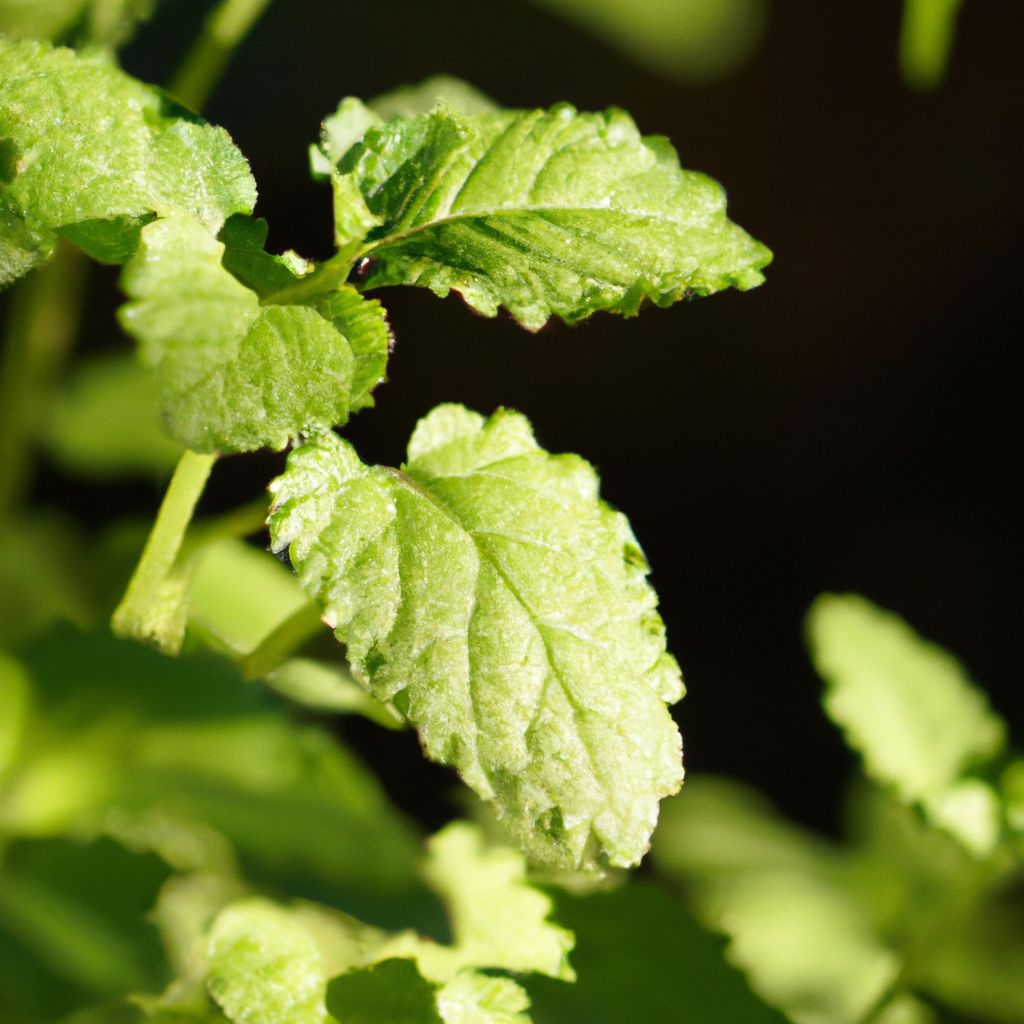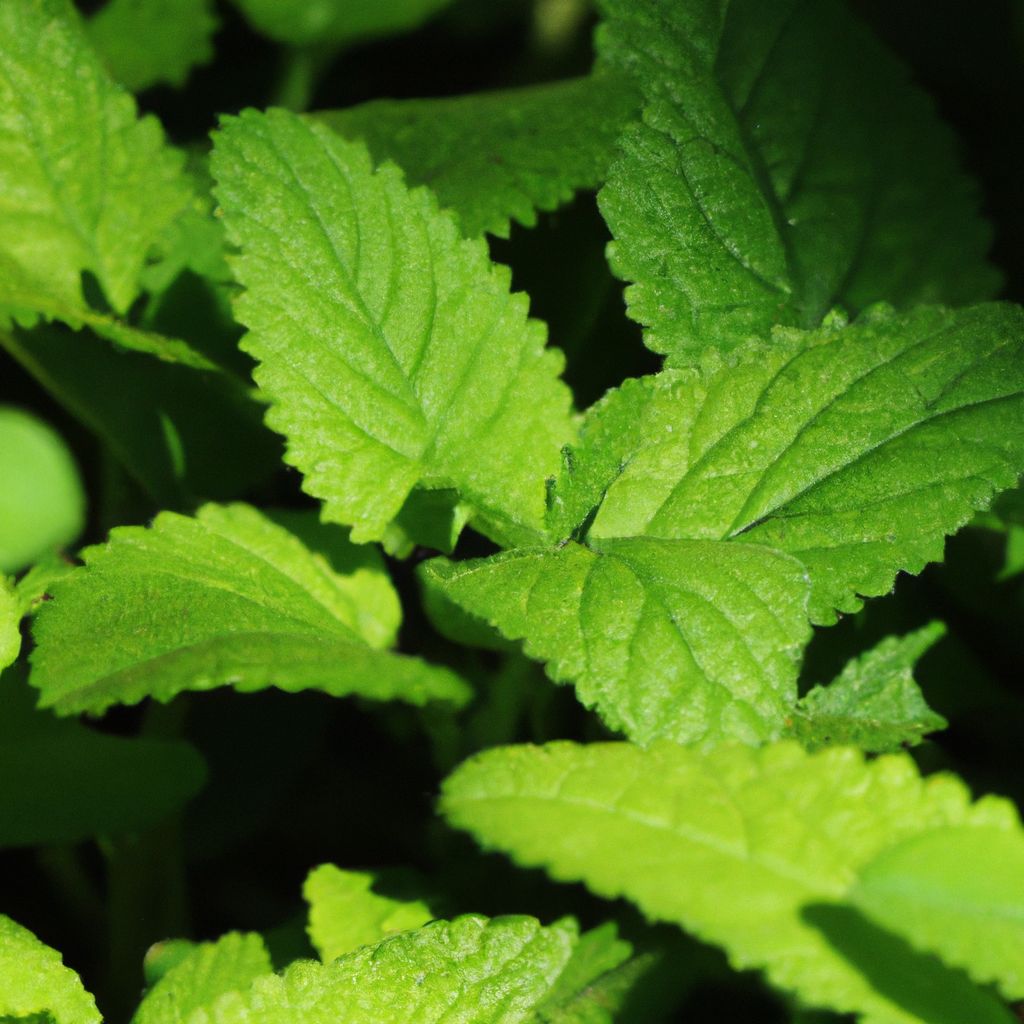Foraging for wild mushrooms has been a beloved tradition in many parts of Eastern Africa for centuries. However, with urbanization and habitat loss threatening many native mushroom species, enthusiasts are now turning to cultivation to enjoy these exotic fungal delicacies all year round. From Kenya’s meaty oyster mushrooms to the floral honey mushrooms found in Ethiopia’s highlands, home growing allows you to replicate your favorite wild varieties in a compact, controlled environment. Read this guide to learn the secrets and understand how to grow Eastern African mushrooms in your own home.
Beyond their uncanny textures and earthy, umami-rich flavors, Eastern African mushroom varieties offer a treasure trove of unique health compounds. Studies show many boast antioxidant, anti-inflammatory and immune-boosting properties. Growing your own gives you a fresh, chemical-free source of these medicinal mushrooms to boost your daily health and wellness routine.
Cultivating these exotic mushrooms may sound daunting to novice growers, but modern grow kits and fruiting chambers make the process simple even for absolute beginners. Let’s explore everything you need to know to create your own thriving mushroom patch at home.
Choosing Your Mushroom Varieties
With over 14,000 mushroom species growing wild across Eastern Africa, narrowing down your preferred varieties can be overwhelming if you’re new to home cultivation. Keep your first grow simple by selecting from one of the below popular beginner-friendly species:
Oyster Mushrooms
Known for their delicate seafood-like flavor, velvety texture and versatile culinary applications, the Eastern African pink oyster mushroom is a favorite for starter growers.
Lion’s Mane Mushrooms
Revered in traditional Eastern African medicine, lion’s mane mushrooms possess an eye-catching cascade of long, flowing tendrils. They have a rich, crab-like taste that shines in soups and stir fries.
Wine Cap Mushrooms
Native to the highlands of Kenya and Ethiopia, the vivid orange caps of wine mushrooms deliver a distinctly sharp and fruity flavor. They grow rapidly on beds of hardwood fuel pellets.
Enokitake Mushrooms
A staple of Japanese and Chinese cuisine, enoki mushrooms feature slim stems topped with delicate miniature caps bursting with umami flavor. They thrive in hot, humid environments.
Gathering Your Cultivation Supplies
When prepping your mushroom cultivation setup, you’ll need to source containers and substrate specifically tailored to your chosen species:
Equipment Essentials
Fruiting chambers or Martha tents
Autoclavable growing bags or jars
Humidity and temperature monitoring tools
Sterile scalpel for harvesting
Trays for drying mushrooms
Substrate Materials
Hardwood pellets or sawdust
Straw or dried grass clippings
Organic rye, millet or sorghum grains
Gypsum for adjusting substrate pH
Mushroom Spawn Varieties
Mushroom spawn comes in liquid cultures, grain slurries or ready-to-inoculate sawdust blocks. Be sure to match your spawn type to the cultivation method used for your species.
Preparing Vessels for Fruiting
Start by giving your growing containers a hot water bath for sterilization. Next, mix your pasteurized substrate components in specific ratios tailored for your mushroom type. Firmly pack the substrate into bags or trays, leaving room at the top for moisture.
When your vessels reach room temperature, make a small slit and inject mushroom spawn throughout the substrate in a grid pattern. Seal the openings with microporous tape to retain moisture while allowing gas exchange.
Transfer your inoculated containers to a dark space around 70°F. Over two weeks, fluffy white fungal mycelium will colonize the substrate, signaling it is ready to fruit.
Initiating the Fruiting Cycle
Fruiting prompts the mycelium to shift gears from colonizing substrate to forming mushrooms. Expose your containers to light while maintaining high humidity between 80-95% RH. Creating the proper moisture, airflow and 12 hours of light exposure convinces the mycelium it is time produce mushroom fruits.
Primordia “pinheads” will emerge after a few days, graduating to fully formed mushrooms with caps, gills and stipes over an additional week. Use a scalpel to gently twist or cut mushrooms at their base when caps grow to full size. Place mature mushrooms gill-side down on a drying rack to extend shelf life.
Maximizing Yields Through Multiple Flushes
Harvesting your mushroom crop is just the beginning. Subsequent flushes produce additional mushrooms on the same substrate block over months rather than weeks. To stimulate new flushes, simply rehydrate your substrate by soaking it after picking your mushrooms.
On average, oyster mushrooms yield around 25% biological efficiency per flush, allowing 1 pound of substrate to produce 0.25 pounds of mushrooms. Plan to enjoy three ultra-fresh flushes on the same substrate before its nutrients deplete. That’s up to triple the harvest compared to a single batch!
Advanced Techniques for Maximizing Mushroom Yields
Once you have the basics of home mushroom cultivation down, more advanced techniques can boost the prolificness of your patch. Mastering these strategies requires attentive observation but rewards growers with dramatically higher yields over time.
Encouraging Multiple Flush Cycles
Harvesting mushrooms prompts the mycelium to initiate another reproductive cycle by producing more fruits. With multi-flush harvesting, a single substrate block yields for months rather than weeks. To maximize cycles, rehydrate spent substrates after picking by submerging in non-chlorinated water for 12-24 hours before returning to the fruiting chamber.
Monitoring For Ideal Growth Rates
If mushrooms grow over 7-10 days on average, environmental fluctuations are likely inhibiting development. Logging daily measurements for changes pinhead formation rates, stem elongation and cap expansion helps zero in on optimum conditions for each variety.
Adjusting Light Spectrums For Dense Canopies
While light exposure signals mushrooms to fruit initially, excessive brightness can inhibit density. Manipulating color spectrum and intensity once pins form tells the mycelium to redirect efforts towards mushroom production rather than continued surface coverage.
Advanced Substrate Enhancements
Altering substrate components ratios or augmenting with post-pasteurization admixtures can enhance yields. Many growers amend wood-based substrates with 10% spent coffee grounds after colonization to boost nitrogen levels leading to larger, heavier mushroom fruits.
Diligent tracking of environmental effects on mushroom development cycles is key to implementing advanced fruiting enhancement techniques with notable success. Be specific when logging daily changes and always adjust single variables systematically so you know what works.
Preventing Contamination in Your Mushroom Patch
While mushrooms have robust natural defenses against contaminants, maintaining pristine growing conditions is key to protect your fruits. Here are some top tips for contamination prevention:
Start With Sterilized Supplies
Disinfect all surfaces, tools and containers that contact your mushrooms or substrate using diluted bleach. Give special focus to areas that may harbor lurking spores.
Isolate the Growing Area
Set up your mushroom operation in a separate room away from doors, vents or fans that could carry airborne mold. Avoid opening containers unnecessarily after inoculation.
Check for Problems Early
Inspect substrates frequently for vibrant white mycelium free from discoloration or foul odors indicating bacteria or mold. Discard any compromised blocks before they spread issues.
Catching contamination quickly contains problems and prevents waste of healthy crops. Be vigilant, work cleanly, and reap bountiful harvests.
Gourmet Uses for Your Artisanal Harvests
Homegrown Eastern African exotic mushroom varieties add incredible depth and complexity of flavor to all types of dishes. Their adaptability allows starring roles in appetizers, mains, sides and even desserts!
Start your culinary adventure by sampling each mushroom variety raw when freshly harvested. Take note of flavor profiles and textures to inspire innovative uses. Then explore recipes highlighting your mushrooms’ uniqueness:
Appetizers
Lion’s mane crab cakes with lemongrass aioli
Roasted honey mushroom flatbreads with cured meats and fig jam
Pickled pink oyster mushroom salad wraps in rice paper rolls
Main Dishes
Ethiopian spiced orange wine cap mushroom tibs with injera flatbread
Kenyan style whole grilled tilapia stuffed with enokitake duxelles
Foraged mushroom risotto with tempered lion’s mane mushrooms
Sides
Twice baked grits souffle with oyster mushroom cream sauce
Pan roasted brussels sprouts with caramelized pearl onion and wine caps
Honey gravy enriched mashed sweet potatoes topped with crispy enoki onions
Desserts
Pink oyster mushroom infused flan with balsamic glaze
Wine poached lion’s mane “crab apples”
Enokitake mushroom cream filled doughnuts with berry coulis
Don’t be afraid to get creative with unexpected flavor combinations to make the most of your harvests! Part of the intrigue of exotic mushroom varieties lies in their versatility as a “blank canvas” ingredient.
Drying, Preserving and Cooking Your Mushrooms
Homegrown Eastern African mushroom varieties burst with flavor when enjoyed fresh. However, excess fruits from bumper flushes won’t last long after picking. Preserving your mushroom harvest lets you enjoy their unique taste and nutrition year-round:
Dehydrating Techniques to Maximize Shelf Life
While fresh mushrooms only last around a week stored in the refrigerator, dehydrating allows enjoying your hand grown varieties for up to a year while retaining exceptional flavor. Follow these methods for best results:
Oven Drying
Using a standard oven, preheat to 130°F and arrange mushroom slices on wire racks spaced closely together without overlapping. Dehydrate for 15-20 hours, checking frequently near the end until cracker dry.
Food Dehydrator
Commercial food dehydrators provide better temperature control and airflow than ovens. Use mesh sheets and adjust settings to 95-100°F, drying most mushrooms in 6-10 hours.
Extended Air Drying
Impale thinly sliced mushrooms on heavy thread and hang in a warm, dark area with plenty of ventilation. The gradual dehydration process can take 4-7 days but preserves enzymes and heat-sensitive antioxidants destroyed by other methods.
Vacuum seal fully dried mushrooms with silica gel desiccants to extend shelf life at room temperature for up to a year. For short term fridge storage under 6 months, simply transfer dried mushrooms chunks to airtight containers until ready for use in soups, grains, teas and more!
Storage Tips
Store thoroughly dried mushrooms in airtight jars or vacuum bags
Freeze sliced mushrooms on trays before transferring to containers
Pickle freshly picked mushrooms in salty brines for extended shelf life
Rehydrate your preserved mushroom stash before use by simmering in soups and stews. Or incorporate their potent savory flavor into rubs, teas, oils and custom mushroom butters.
Expand Your Culinary Horizons and Grow Eastern African Mushrooms
With the right environmental conditions, high quality spawn and attentive care regimens, cultivating exotic Eastern African mushrooms can be a fun, cost-effective and highly rewarding hobby. Soon your grow room will bursting with unusual mushroom fruits begging to star in your next culinary creation!
Frequently Asked Questions
Home mushroom growing can seem complicated to start, but modern fruiting chambers and grow kits have made the process simpler than ever. Here we answer some of the most common questions budding cultivators have:
What is the easiest mushroom to grow at home?
Oyster mushrooms are very beginner friendly. They tolerate a wide range of temperatures and grow quickly on straw or coffee grounds. Start with oyster mushroom plug spawn for virtually guaranteed success.
Can you grow mushrooms from store bought ones?
Attempting to grow mushrooms from store varieties often fails since these mushrooms are sterile. For best results, inoculate substrate materials with proven mushroom spawn or liquid cultures tailored to what you wish to grow.
What is the fastest way to grow oyster mushrooms?
Soak straw overnight, pack tightly into columns in perforated plastic, then insert oyster mushroom dowel spawn throughout. Maintain high humidity and expose to light to yield oyster mushrooms in just 2 weeks.
How long does mushroom mycelium take to fully colonize?
On average, mushroom mycelium takes between 2-4 weeks to fully colonize substrate materials like wood pellets, coffee grounds or straw depending on factors like temperature and spawn ratio.
Can you grow mushrooms without a greenhouse?
Yes! DIY Martha tents or automated fruiting chambers allow maintaining perfect growing conditions at home without a costly greenhouse setup. Some varieties like wine caps even grow well outdoors in mulch beds once colonized.
What is the most expensive mushroom variety to grow?
The rare matsutake mushroom commands up to $1000 per pound. Unfortunately its complex symbiotic relationship with tree roots makes the matsutake mushroom very difficult to cultivate outside its native Japanese red pine forests.
Whether you have aspirations to grow rare specialty mushrooms or just want to add nourishing homegrown varieties to everyday meals, modern growing methods make the process simple and approachable for beginners. Follow the basics outlined here and soon you’ll have unusual mushrooms fruits to harvest daily for all your culinary creations!











































